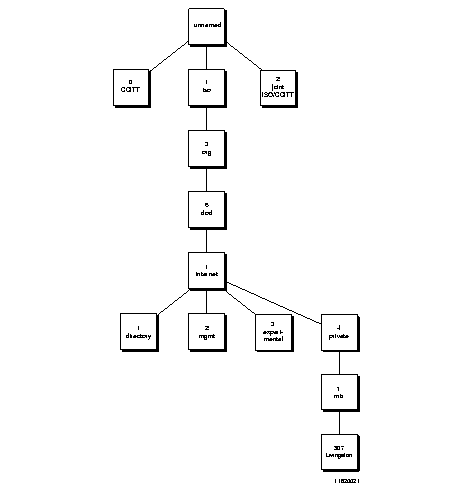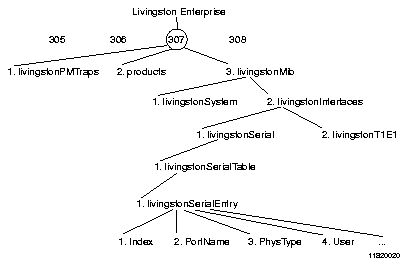Table 3-2 PortMaster Serial Interfaces MIB Table
|
Object
|
Definition
|
|---|
| livingstonSerialIndex
| Unique value for each serial interface.
|
| livingstonSerialPortName
| Text string containing the name of the serial interface (for example, C0, W1, and so on).
|
| livingstonSerialPhysType
| Type of physical serial interface, distinguished according to the physical or link protocol(s) currently being used on the interface.
|
| livingstonSerialUser
| Name of the active user. Blank if not active.
|
| livingstonSerialSessionId
| Unique session identifier that matches the RADIUS session ID.
|
| livingstonSerialType
| Active type of service being provided by the serial interface.
|
| livingstonSerialDirection
| Direction in which the active session was initiated.
|
| livingstonSerialPortStatus
| Status of the serial interface.
|
| livingstonSerialStarted
| Amount of time this session has been active.
|
| livingstonSerialIdle
| Amount of time this session has been idle.
|
| livingstonSerialInSpeed
| Estimate of the current inbound bandwidth in bits per second of the serial interface.
|
| livingstonSerialOutSpeed
| Estimate of the current outbound bandwidth in bits per second of the serial interface.
|
| livingstonSerialModemName
| Text string containing the name of the digital modem in use by the serial interface.
|
| livingstonSerialIpAddress
| IP address associated with the serial interface. When characterizing a network port, this value is the IP address of the remote user. When characterizing a device or login port, this value is the IP address of the host to which the user is connected.
|
| livingstonSerialifDescr
| Text string containing information about the network interface bound to the serial interface.
|
| livingstonSerialInOctets
| Total number of octets received on the serial interface.
|
| livingstonSerialOutOctets
| Total number of octets transmitted on the serial interface.
|
| livingstonSerialQOctets
| Total number of octets queued on the serial interface.
|
| livingstonSerialModemStatus
| Status of the modem used by the serial interface.
|
| livingstonSerialModemCompression
| Compression type being used in the modem or by the serial interface.
|
| livingstonSerialModemProtocol
| Error-correcting protocol being used in the modem or by the serial interface.
|
| livingstonSerialModemRetrains
| Number of retrains attempted by the modem attached to the serial interface.
|
| livingstonSerialModemRenegotiates
| Number of renegotiations attempted by the modem attached to the serial interface.
|

